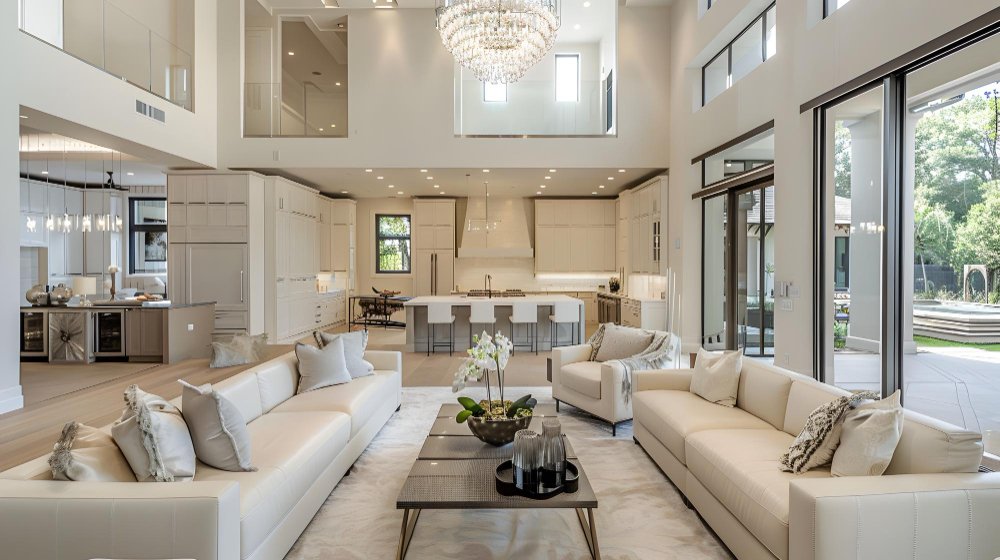
Home Remodeling Done Right: 7 Steps to a Safer, Better Outdoor Space
- California Remodels Guide
- Posted on
I’ve seen a lot of beautiful remodels in my career—but I’ve also seen the projects that went sideways because safety or planning took a back seat to looks. When I remodeled my own outdoor living space last year, I decided to follow the same method I give to homeowners: plan it right, build it safe, and make it last. Here’s exactly how I did it, step by step, so you can avoid the mistakes I’ve seen too many people make.
Step 1: Start With a Solid Inspection
Before you sketch a single design, inspect the space. I walked my entire backyard, looking for issues like soft spots in the deck, signs of pest damage, or cracks in the patio. Any remodel should begin with fixing what’s broken—because no amount of fresh paint or new furniture can hide structural problems.
Step 2: Define Your Purpose
I knew I wanted my outdoor space to be more than just a place to sit. I wanted an area for grilling, a covered section for rainy days, and a safe play zone for my kids. Ask yourself: is this space for entertaining, relaxation, gardening, or all of the above? Your answer will shape every design decision.

Step 3: Plan for Safety First
In outdoor living areas, safety means secure railings, slip-resistant surfaces, and proper electrical work for lighting or outdoor kitchens. In my case, I replaced old railings with sturdy, code-compliant ones and upgraded all outdoor outlets to GFCI. You can’t enjoy a remodel if it puts you—or your guests—at risk.
Step 4: Choose Materials That Can Handle the Weather
Sacramento sun, seasonal rains, and temperature swings can destroy the wrong materials. I went with composite decking for its durability, aluminum railings to resist rust, and weather-resistant fabrics for seating. When in doubt, choose materials rated for exterior use—even if they cost more upfront.
Step 5: Build Smart Storage Into the Plan
Outdoor living works best when it’s clutter-free. I designed built-in storage benches and a small shed for gardening tools. This way, everything has a home, and the space stays safe (no tripping hazards) and tidy.
Step 6: Layer in Comfort and Function
Once the structure was solid, I added creature comforts—shade from a pergola, LED pathway lights for safety, and a small fire pit for chilly evenings. The goal is to make the space usable year-round, not just on perfect summer days.
Step 7: Maintain It Like a Pro
A remodel isn’t “done” the day the crew packs up. I set a seasonal checklist: inspect fasteners, re-stain wood where needed, clean gutters, and check outdoor lighting. Maintenance keeps your investment looking and working like new.
The Takeaway
Home remodeling for outdoor living isn’t just about creating a pretty space—it’s about building something safe, durable, and functional. If you follow these seven steps, you’ll end up with an outdoor area you can enjoy for years, without worrying about hidden hazards or premature wear.
Call to Action:
Thinking about transforming your backyard or patio? Plan it right from the start—your dream outdoor space is just a solid, safe build away.
